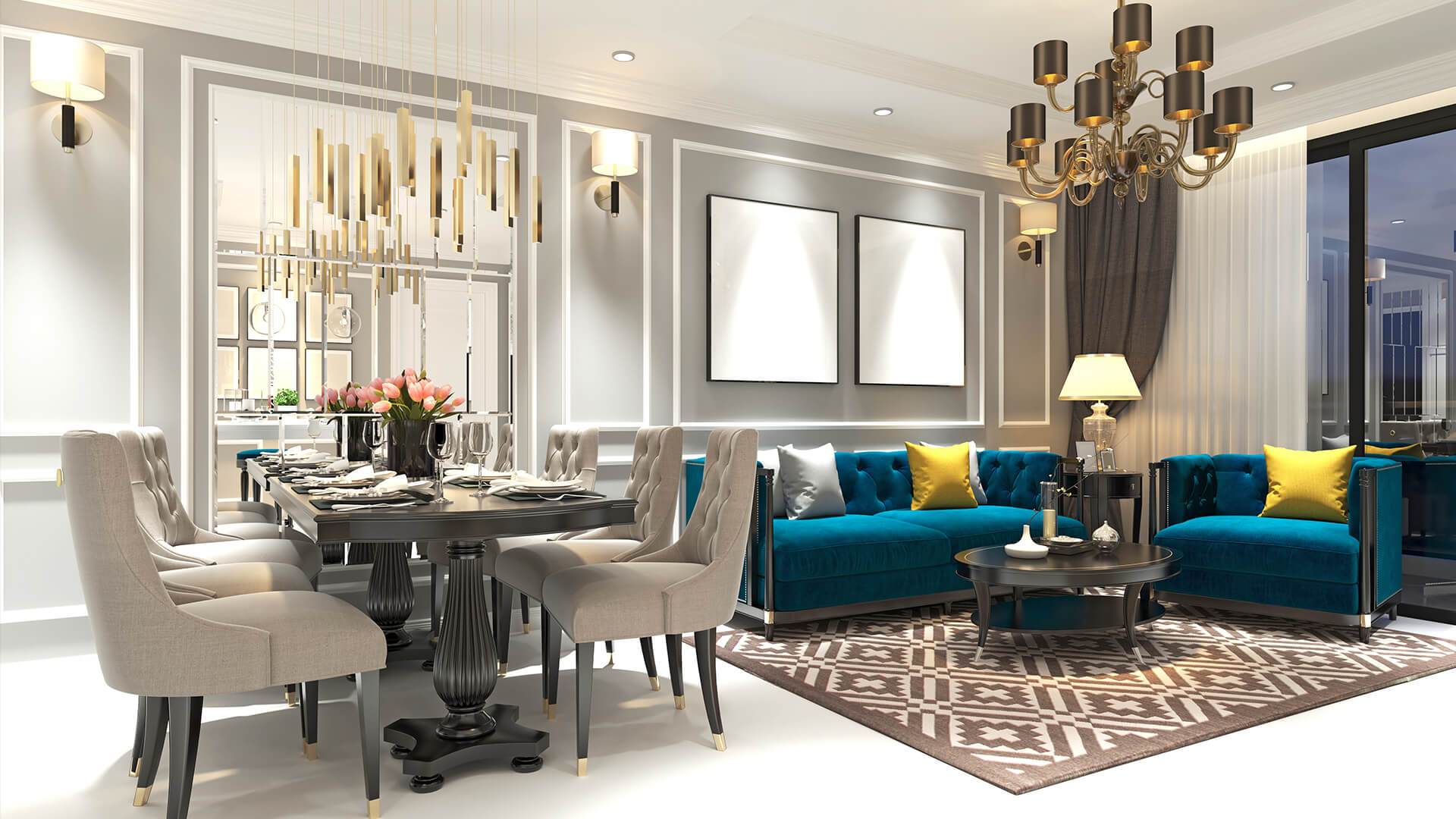
When it comes to interior design, details make all the difference in transforming a plain space into a captivating and stylish haven.
One such detail that has stood the test of time and continues to grace homes with its timeless charm is thick wall molding. These architectural accents not only add depth and character to walls but also bring a sense of elegance and sophistication to any room.
In this article, we will explore the various benefits and applications of thick wall molding in interior design.
Understanding Thick Wall Molding
Thick wall molding, also known as crown molding or cornice molding, refers to a decorative trim that is typically installed along the top edges of walls, where they meet the ceiling. Historically, crown moldings were used to accentuate the transition between walls and ceilings, masking any imperfections and adding a touch of grandeur to the space.
Today, they continue to be an essential element in architectural design, offering both functional and aesthetic advantages.
Timeless Appeal
One of the most significant advantages of thick wall molding is its timelessness. Unlike trendy interior design elements that may go out of fashion quickly, crown moldings have remained a classic choice for centuries. Their traditional appeal blends seamlessly with various design styles, from classic to contemporary, adding a touch of refinement to any room.
Visual Interest and Depth
Thick wall moldings create a visual feast for the eyes, breaking the monotony of plain walls and adding depth and dimension to the room. By drawing the gaze upwards, crown moldings make the ceilings appear higher, giving the illusion of a more expansive and open space. This effect is particularly useful in rooms with low ceilings, as it elevates the overall ambiance.
Versatility in Design
Thick wall moldings come in a wide range of designs and profiles, offering an array of choices to suit different tastes and interior styles. From simple and understated to intricately detailed, there is a crown molding to match every decor theme.
Additionally, they can be crafted from various materials, such as wood, plaster, or polyurethane, catering to both traditional and modern sensibilities.
Seamless Integration
One of the remarkable features of thick wall molding is its ability to seamlessly blend with the existing architecture. Whether in a historic home or a contemporary apartment, crown moldings can adapt to the surroundings without overwhelming the space. They serve as a subtle transition from wall to ceiling, enhancing the overall design cohesiveness.
Concealing Imperfections
Practically, thick wall moldings serve as a clever solution to hide imperfections at the joint between walls and ceilings. Irregularities in construction or cracks that may appear over time can be concealed effortlessly with the addition of crown moldings. This not only enhances the aesthetic appeal but also reduces the need for frequent touch-ups or repairs.
Conclusion
Thick wall molding, with its enduring elegance and ability to elevate the overall aesthetics of a space, remains an indispensable element of interior design. Its versatility, timeless appeal, and ability to add depth and dimension make it a favored choice among homeowners and interior designers alike.
Whether it’s a grand living room, an intimate bedroom, or a cozy study, crown moldings have the power to transform any room into a sophisticated and captivating haven. So, if you are looking to infuse your home with a touch of grace, consider incorporating thick wall moldings into your interior design for a timeless and refined look.
Leave a Reply